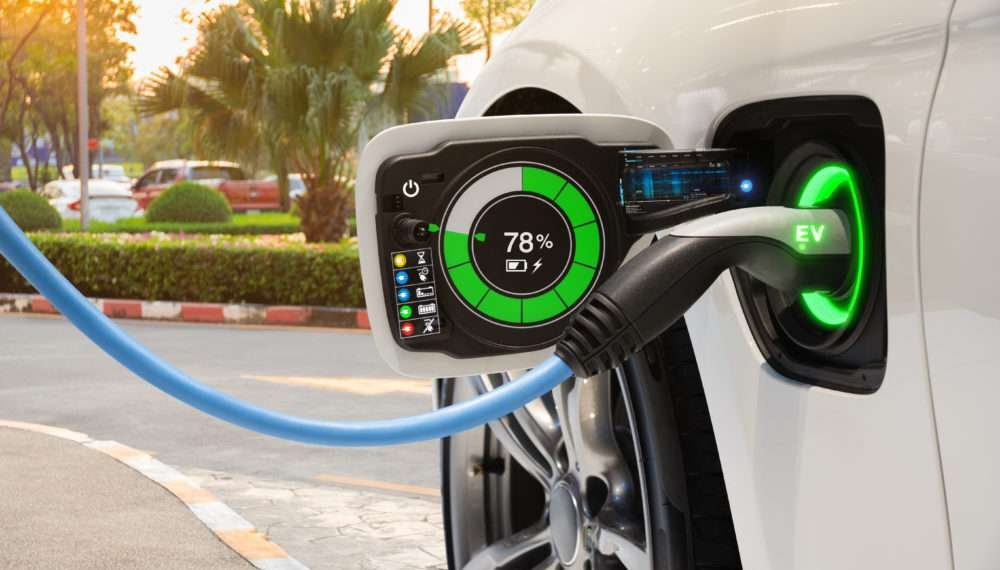Ford’s operations in India, have for the past months accumulated losses, causing the American automaker to declare exiting the Indian market, however, its recent announcement to manufacture electric vehicles could be a win-win situation for Ford and India, according to GlobalData.
The decision to venture into the manufacturing of electric vehicles (EVs) would save the company’s dormant plants from further mounting costs associated with non-use, as well as save employment of laid-off workers, the leading analytics and data firm said.
All Ford is required to do is to apply for the recently announced production linked incentives (PLIs) scheme by the government of India in order to benefit more and revive its business in the country.
The sudden closure of Ford’s operations had left its assets in India, including two production plants, with a cumulative capacity of over 270,000 units annually, and nearly 14,000 workers ‘high and dry’, GlobalData said. This prompted speculations about its assets sell-offs and mass layoffs.

Bakar Sadik Agwan, Senior Automotive Consulting Analyst at GlobalData, commented:
“The decision to manufacture EVs in India comes after the recently announced PLI scheme. It presents an opportunity for Ford to place its Indian operations on a more stable footing. However, it will need to influx fresh investments to avail PLI benefits.”
Bakar Sadik Agwan, Senior Automotive Consulting Analyst
PLI Scheme to Benefit EV Makers
Meanwhile, the production linked incentives scheme was announced a few weeks after Ford’s India exit. Under PLI, the government has outlaid sales value linked scheme applicable only for BEVs and FCEVs. The incentive would vary from 13 per cent to 16 per cent for passenger EV makers based on their annual sales value.
“Ford’s exit from India is widely benchmarked with General Motor’s (GMs) exit. GM initially aimed to continue production post-exit but failed to sustain and had to completely cease production in 2020.
“Later, selling off assets to a Chinese company and layoffs triggered legal battles, making it a rough ending for GM. The strategic reconsideration could be a saving grace for Ford from all such difficulties and prove a cost-effective solution with most of the assets already in place.”
Bakar Sadik Agwan, Senior Automotive Consulting Analyst
Ford plants in Tamil Nadu and Gujarat had a total installed capacity of 440,000 vehicles. The units were operating at 48.6 per cent in pre-COVID era with 60 per cent of total production ready for exports, as per GlobalData.
“The plan could also offer Ford opportunities in the local EV market, which is a budding segment and has only a few brands active such as Tata, Mahindra, Hyundai and MG Motors. But Ford will still have some challenges such as excess of existing capacity, skilled workforce, amending assembly lines and setting up the EV supply chain as the PLI mandates 50 per cent domestic value addition. In the absence of any clear plans, it remains a case of ‘wait and see’ on Ford’s next move in India.”
Bakar Sadik Agwan, Senior Automotive Consulting Analyst
It can be recall that, the company’s previous announcement to exit India was among a number of other exits in Brazil and Russia, albeit, Ford also announced an investment of US$900 million in Thailand to strengthen its production base in the country.
READ ALSO: Pace of Revenue Mobilization Remains Below Target- BoG



















